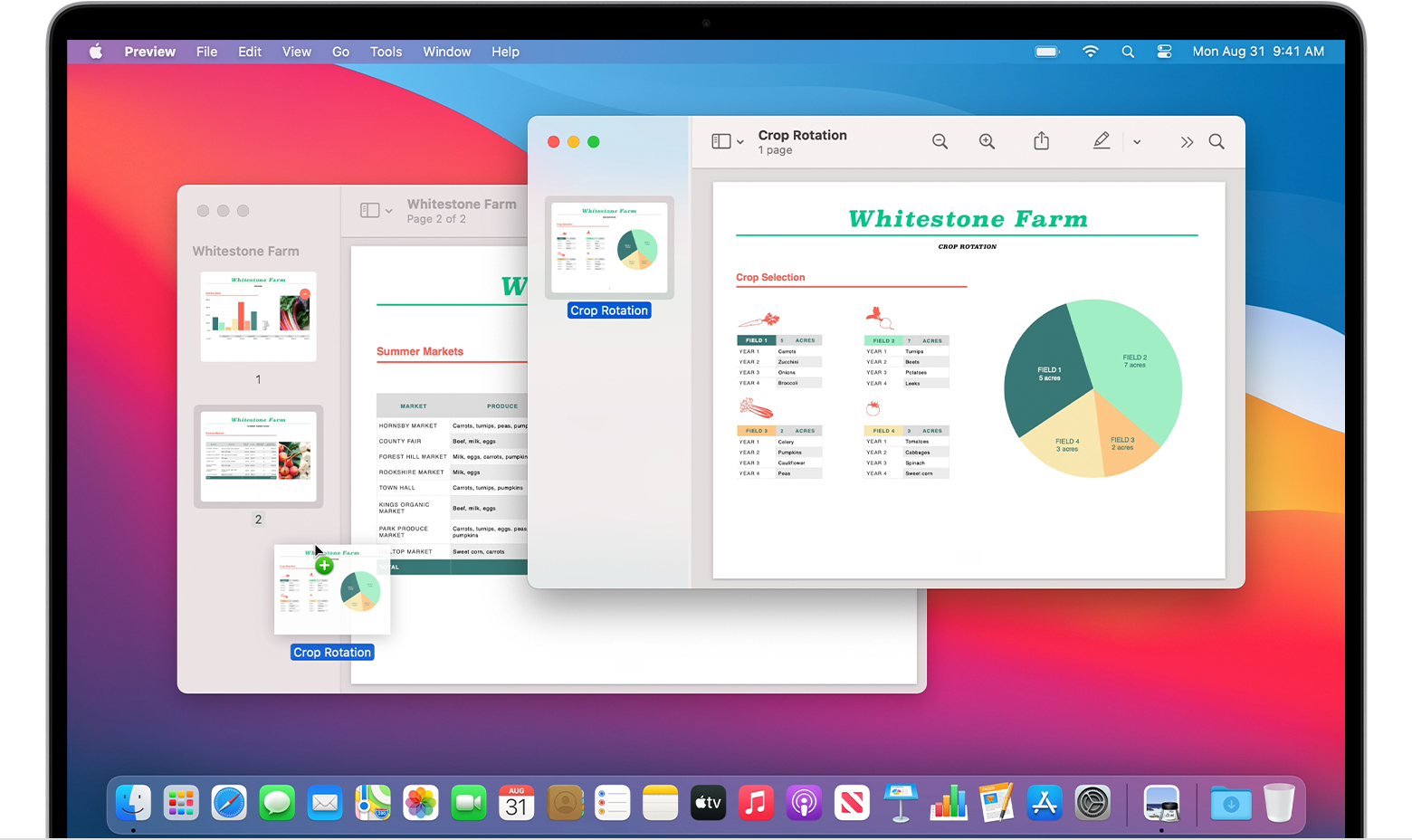
Upon choosing Invert Selection, the dotted selection line in your Preview image will switch to include everything except your initial section.Īt this point, you can now use the Markup > Crop option or press Command-K and you’ll see only the portion of your original selection disappear, leaving the rest of the image intact. Invert Selection can be found in the Edit menu of Preview’s menu bar, or by using the keyboard shortcut Shift-Command-I. What we need to do first is use the Invert Selection function to select everything in our image except the initially selected area. …then you’ll be left with just the chunk of the picture that you selected. …or if you press Command-K, which is the keyboard shortcut for Tools > Crop… If you click the Markup button in the toolbar at this point and select the Crop button… Now here’s where a lot of folks get confused. In my example screenshot below, I’ve selected the “Downloads” entry from my screenshot of a Finder window. Once your image is open in Preview, use your mouse or trackpad cursor to click and drag a selection.
It’s helpful for checking details like the date a document was created, the type of camera or lens model used for a photo, and more. In the Preview pane of a Finder window, you get a small view of what a document contains or an image looks like, and a comprehensive list of all the metadata for the file. If it doesn’t, you can manually force Preview to open the image by selecting the file in Finder and choosing File > Open With > Preview from the menu bar at the top of the screen (you can also access the Open With menu by right-clicking on the image file in Finder). Use the Preview pane in the Finder on Mac. In a default macOS installation, Preview should automatically launch whenever you double-click on a common image format, such as JPG or PNG. To get started, first open your image in the Preview app.

Those familiar with Photoshop and other image editing applications should already know about this feature, but it’s super simple to use for novices, too! That’s where the Invert Selection function comes in.


 0 kommentar(er)
0 kommentar(er)
